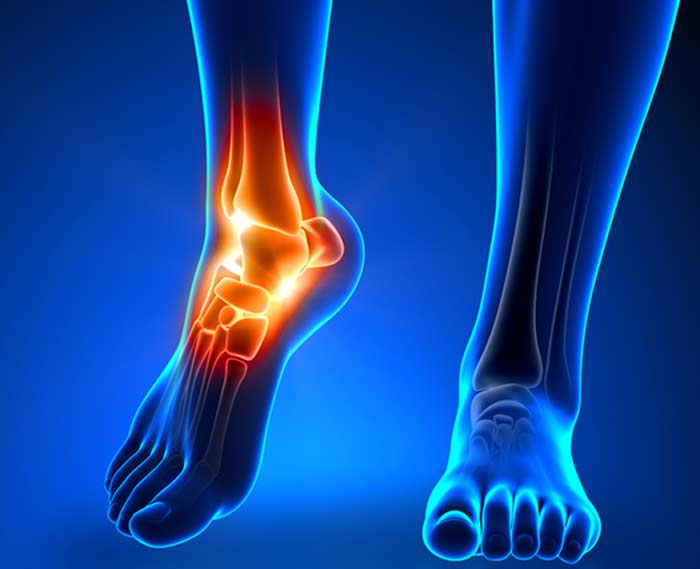
About half of all athletic-related injuries that require a visit to a doctor are repetitive stress injuries (RSIs).
Also considered one of the most common injuries in the United States, RSIs occur when excessive stress is placed on joints or other parts of the body. From the neck to the feet, just about every area of the human body may be affected by a repetitive stress injury.
The resulting discomfort usually comes from inflammation, strains or sprains, or tissue or joint damage.
RSI Causes and Contributing Factors
More prevalent in teens and athletes, repetitive stress injuries can affect anyone who performs repeated motions or movements. Most RSIs occur because stress is placed on joints or muscle groups, which then causes these structures to become inflamed or irritated. Some occupations that involve repetitive tasks can also increase the risk of developing RSIs. Repetitive stress injuries may also occur due to:
- Movements that regularly stretch a joint beyond it’s normal range of motion
- Consistently carrying heavy loads/items
- Direct pressure repeatedly placed on certain areas
- Technology use (e.g., excessive texting, device use, or game playing)


Common Repetitive Stress Injury Symptoms
Symptoms experienced with a repetitive stress injury will depend what part of the body is affected. If the lower back is over-stressed, for example, the resulting inflammation may irritate nerves and produce pain that extends into the lower extremities. Some people have worsening symptoms when exposed to cold temperatures, while other individuals report increased discomfort when prolonged psychological stress is experienced. Common RSI symptoms include:
- Tenderness or swelling in the affected area
- General weakness or loss of strength
- Chronic pain in the affected area
- Loss of sensation or numbness
Types of Repetitive Stress Injuries
There are many injuries that can be classified as repetitive stress injuries under the right circumstances. Some of the more common ones include bursitis, which is the inflammation of a fluid-filled sac around joints, and tennis elbow (epicondylitis). Repetitious wrist or hand motions may contribute to carpal tunnel syndrome(CTS), which is swelling inside of a narrow tunnel in the wrist. Tendonitis, softening kneecap cartilage (patellofemoral syndrome), shin splints, and stress fractures are some of the other common RSIs.
Diagnosing and Treating RSIs
Most repetitive stress injuries are diagnosed with a physical examination and image tests. The initial exam may also include a discussion of what activities or actions a patient typically performs to get a better idea of what type of injury may be behind the symptoms experienced.
Treatment generally starts with conservative efforts such as medication, hot and cold applications, and various forms of physical therapy. Some patients experience relief from steroid injections, massage therapy, or the temporary use of splints to allow tissues to heal. If conservative treatment efforts aren’t providing sufficient relief, surgery may be necessary to repair damage soft tissues or joints.
Eating healthy foods and getting regular exercise can improve muscle and joint strength, which could reduce the risk of developing some common repetitive stress injuries. Maintaining good posture while working, playing sports, or doing any activities requiring repetitive motions can also minimize pressure on soft tissues and joints. Another preventative option is to make an effort to take breaks as much as possible when performing repetitious tasks.
